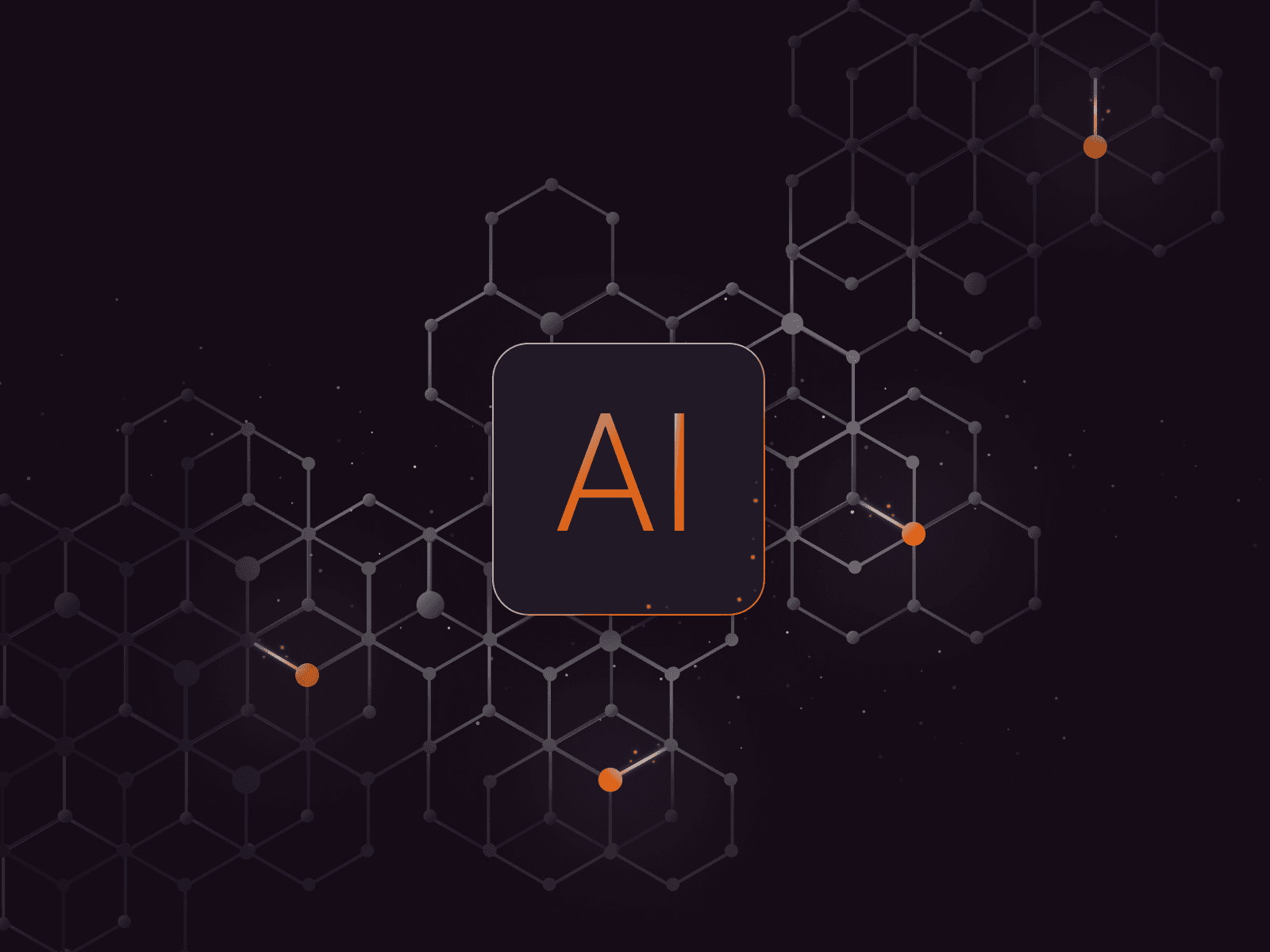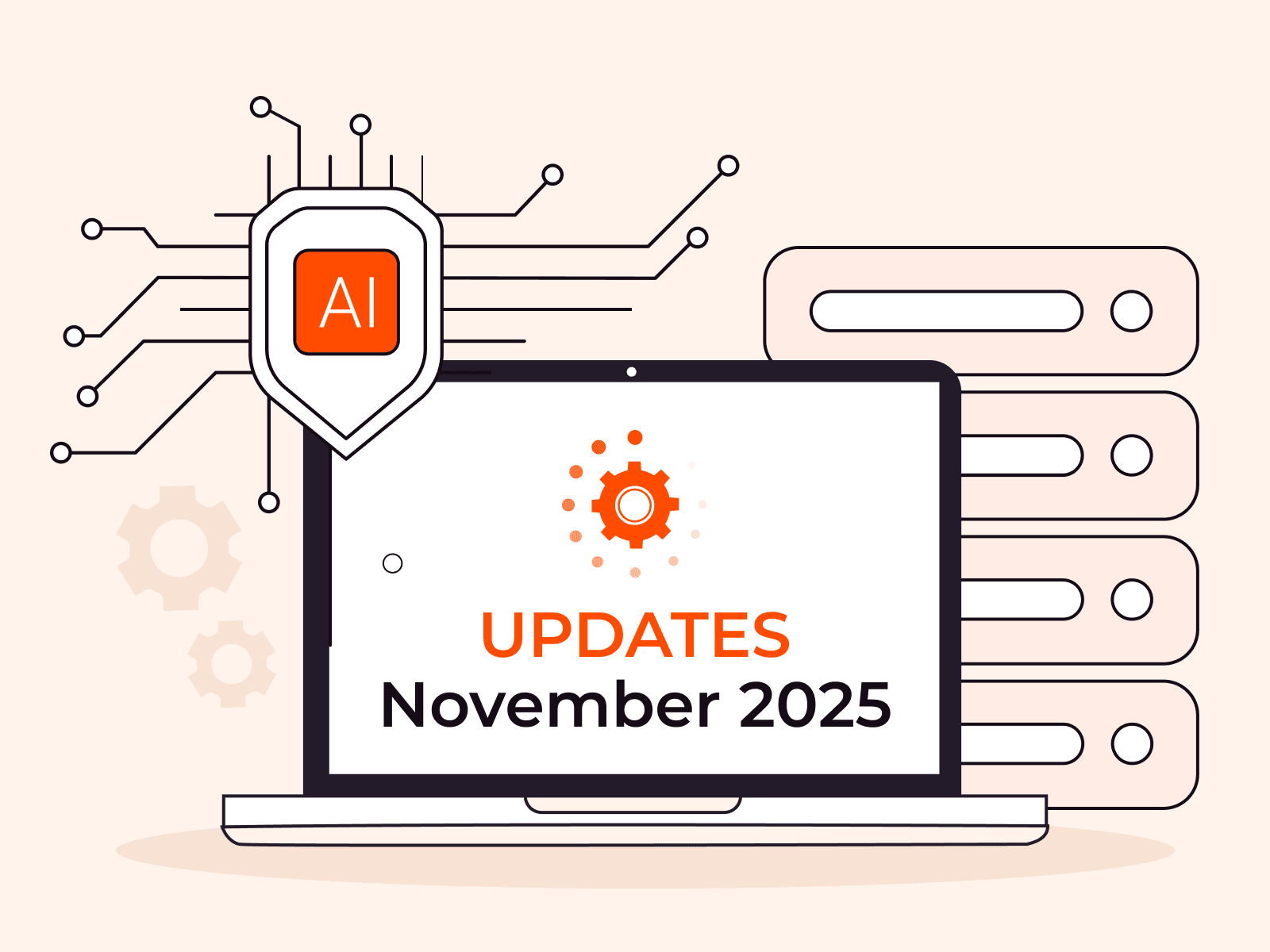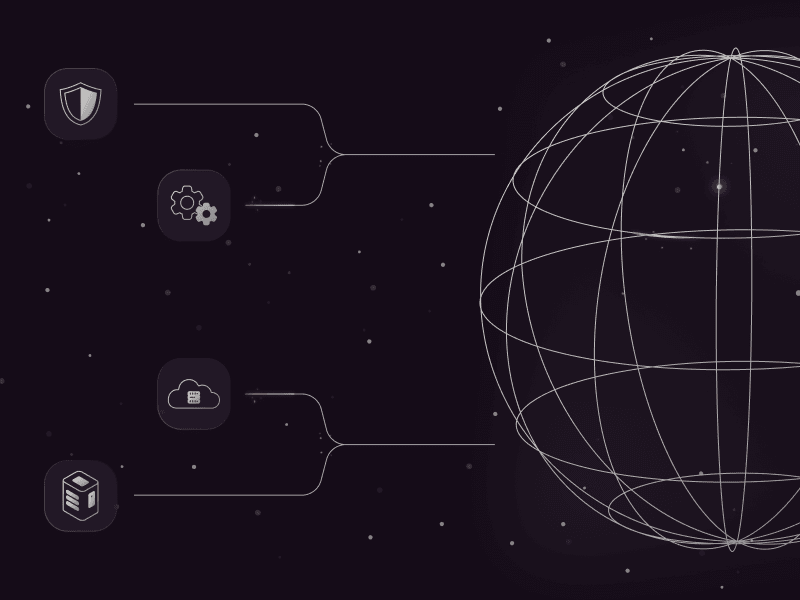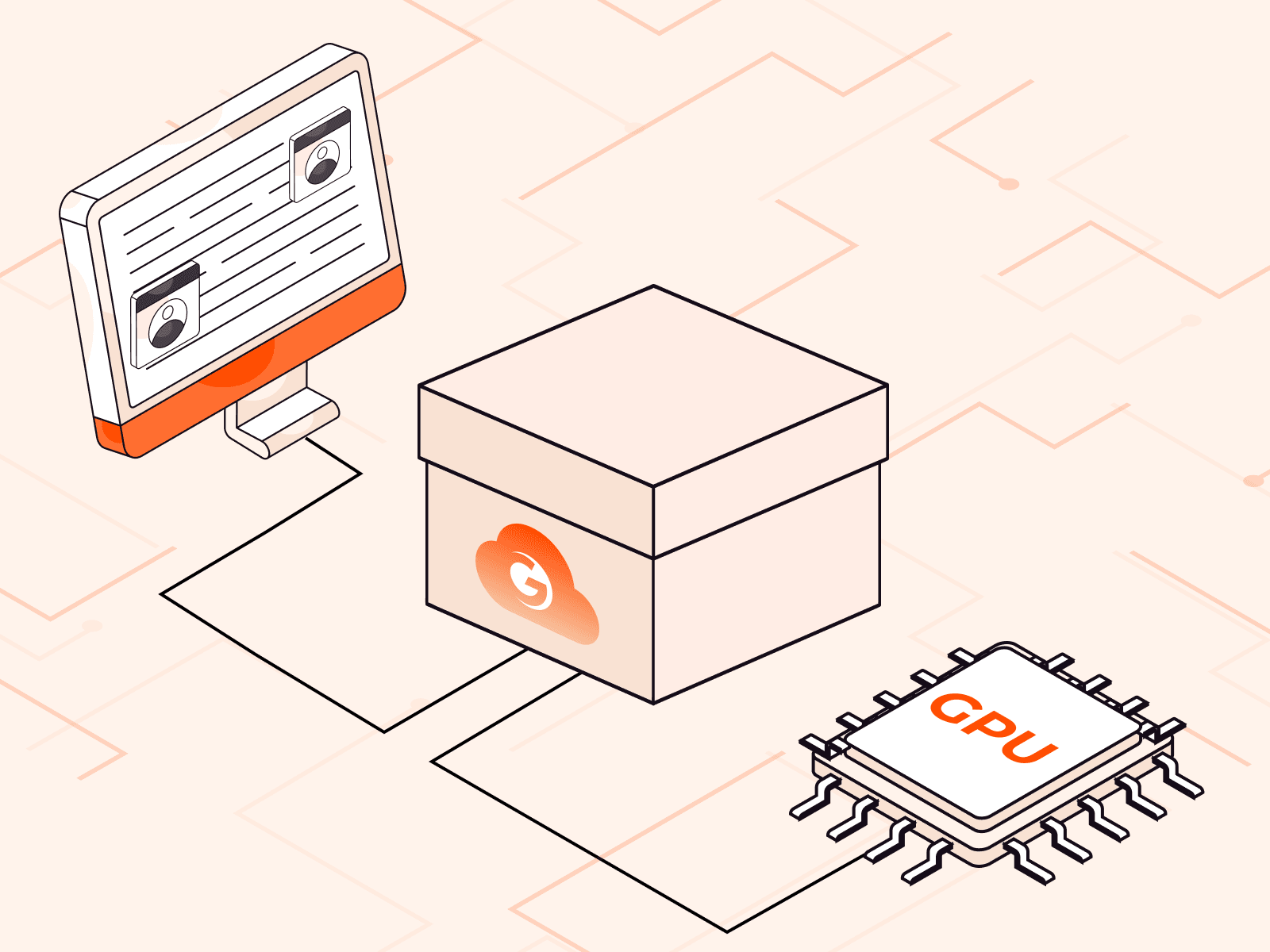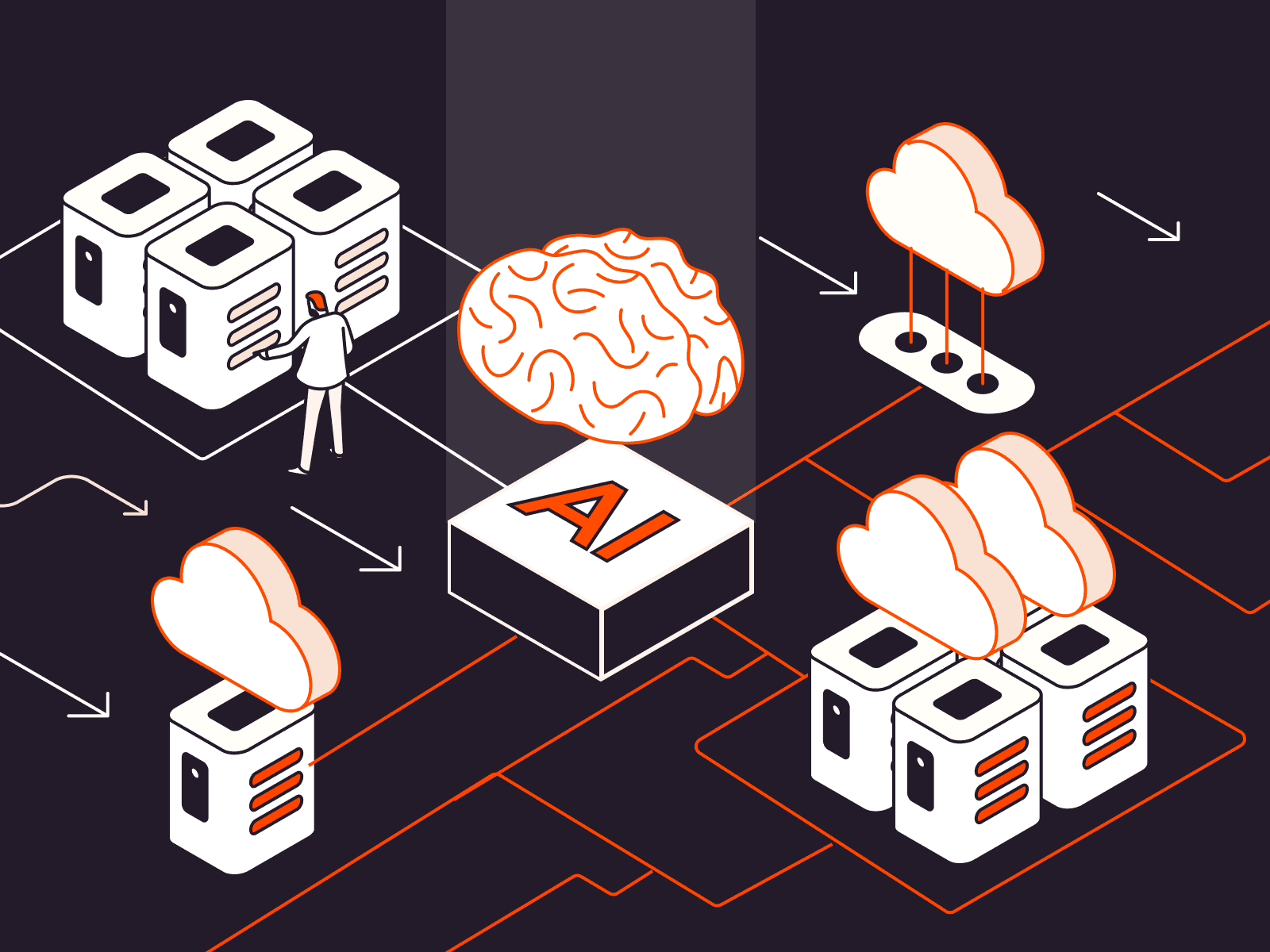Cloud in 2022: Results and accomplishments
- December 26, 2022
- 2 min read

As the New Year approaches, we want to reflect on our achievements in 2022. The best efforts were put forth to launch new services and open new locations. Now we are pleased to share them with you.
New services
- Logging as a Service (LaaS). This is a cloud-based log management platform that is designed to collect, store, process, and analyze logs from applications or infrastructure. The platform allows for real-time analysis of events and occurrences and troubleshooting if necessary.
- Function as a Service (FaaS). With this service, developers just write discrete pieces of code, called “functions,” and deploy them in our cloud environment. They can focus solely on code; we manage the underlying infrastructure required to run the code. With FaaS, users are only billed for function execution; therefore, there are no costs for any resources held in the infrastructure layer.
- Managed Kubernetes as a service. This is an orchestration system designed for containerized application management. Kubernetes helps optimize resource usage and costs by automatically scaling on demand and ensuring application stability thanks to built-in self-healing. We provide a fully managed solution without hidden fees—users only pay for worker nodes and network resources.
- AI Platform. The solution brought together state-of-the-art Graphcore IPUs and the Gcore Cloud. It is designed to build, train, and deploy ready-to-use machine learning (ML) models. The service is available in Luxembourg and Amsterdam clusters. AI Platform allows you to get started quickly, save on computing costs, and seamlessly scale to massive IPU compute on demand and with ease.
- Multi-cloud integration (with emma.ms). We partnered with emma—a cloud management platform that provides access to various clouds from a single dashboard. Now Gcore Cloud is available for building a multi-cloud environment using the emma platform.
- Advanced DDoS Protection for bare metal servers. By default, all our bare metal servers come with Basic DDoS Protection, but now users can activate Advanced Protection. This option redirects all traffic to our threat mitigation system, which constantly scans for attacks and filters out illegitimate requests. The filtering is carried out in accordance with the protection profiles, which specify the threats and describe the ports and protocols that should be filtered. With Advanced Protection enabled, services are able to continue working even under serious DDoS attacks.
- Resource reservation. This service allows the renting of resources for 12/24/36 months at a discount. This can be done to ensure that the resources are available when needed and to reduce the overall cost of using the Gcore Cloud. The service is beneficial for those who have predictable workloads and want to save money on cloud costs, or for those who expect spikes in their mission-critical applications and want to ensure they will have enough resources available.
Moreover, we are proud to announce that we renewed PCI DSS and ISO 27001 security certificates. This confirms that our infrastructure complies with the requirements for the security and protection of users’ sensitive data.
New locations
Over the past year, we opened 7 new points of presence:
- Johannesburg
- Sydney
- São Paulo
- Mumbai
- Amsterdam-2
- London-1
- Paris-2
In addition to the new PoPs, we also launched 2 new locations of our S3 Object Storage: Chicago and Singapore.
Overall, we are grateful for the support of our customers, and we look forward to continuing to work together to achieve even greater success in the future. Our team is wishing you happy holidays! We hope you have a wonderful holiday season and a prosperous year!
Related articles
Subscribe to our newsletter
Get the latest industry trends, exclusive insights, and Gcore updates delivered straight to your inbox.

